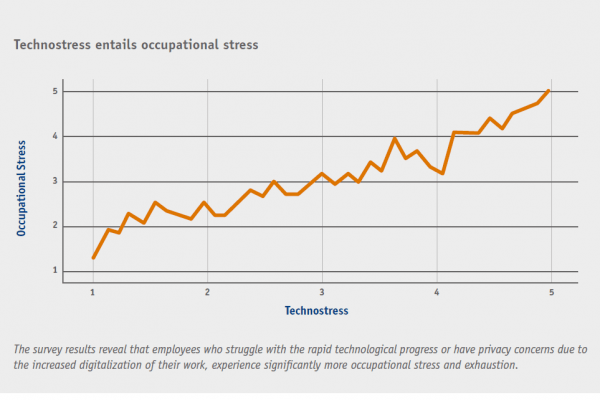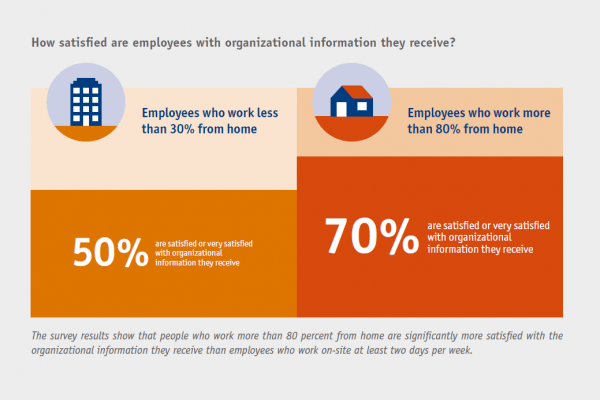Study: Employees need authentic, ‘emotional’ communication from leaders as the future of work continues to change
A new report from the University of Vienna takes a deep dive into what makes workers happy and productive—whether they’re working in an office, remotely, or a combination of the two.

As the pandemic lurches into 2022, many companies are still struggling to find the best way to structure their work environments. Not only to promote productivity, but also to facilitate happiness and satisfaction among employees.
What’s best? A hybrid work environment? Strictly in-person work? Or, perhaps, a fully remote environment is better?
A new joint study by the Academic Society for Management & Communication and the University of Vienna suggests that what matters more than the physical location of employees is the nature of communication from managers.
“Now, with this hybrid or more virtual work environment, there is distance between the organization and employees, and this distance is not just physical, but also psychological,” said Dr. Sabine Einwiller, a professor of public relations at the University of Vienna and lead researcher on the study.
As COVID-19 continues to mutate, it seems unlikely that a return to traditional pre-pandemic work environments is on the horizon. Plus, the study found that most employees prefer a hybrid work schedule. So, Einwiller said, business leaders and comms pros must adjust accordingly to account for the communication challenges that disconnection presents.
“[Leaders should] be more human, be more authentic, be more emotional,” Einwiller said. “And that creates a connection, and it helps people to connect more with the organization.”
There’s a term for that connection: relational communication.
According to the study, “For internal communication, appreciative, dialogue-oriented communication is key – because it strengthens the emotional bond between employees and their organization. And then, when employees are effectively committed to their organization, they are also more engaged in their job.”
The findings show that employee discontent isn’t just about lack of connection with managers and colleagues—it’s also a symptom of rising technological and work-related stress.

“We found a significant, almost linear, correlation between this ‘technostress’ and occupational stress,” said Daniel Wolfgruber, University of Vienna Ph.D. candidate and research assistant. “So that means that when they struggle with the whole infrastructure, with the digitization, when they feel that their privacy is more or less invaded, they are more exhausted.”
This speaks to the “always on” mindset, which occurs when the lines between work and personal lives are blurred. The study posits that the rise of remote and hybrid work has resulted in employees having to use new software and other digital tools, which can be confusing and taxing (“technostress”). And as technostress increases, so does occupational or work-related stress.
The researchers’ proposed solutions include coaching managers to support their colleagues, regular top-down communication of expectations and rules and sharing “life hacks” to prevent blurred work-life boundaries.
The study also found that 70% of people who mostly work remotely are satisfied with the organizational information they receive, as compared to just 50% of people who mostly work in-person. Perhaps counterintuitively, this indicates that internal communication is more effective for people who work from home.

Einwiller and Wolfgruber call this issue the “two-class society”—referring to the divide between those who were able to work from home during the pandemic, and those who could not, due to the nature of their jobs.
From the study:
Organizations with a high proportion of blue-collar workers face a major challenge when increasing the virtuality of work, because shop floor work can’t be done from home. Oftentimes, production workers are also excluded from digital internal communication because they don’t have computers, impeding their access to the intranet.
To mitigate this disconnect, the researchers suggest measures such as shop floor visits by top management, using text message communication and providing free lunches and personal protective equipment.
How does your organization encourage employee engagement and strong relational communications?







